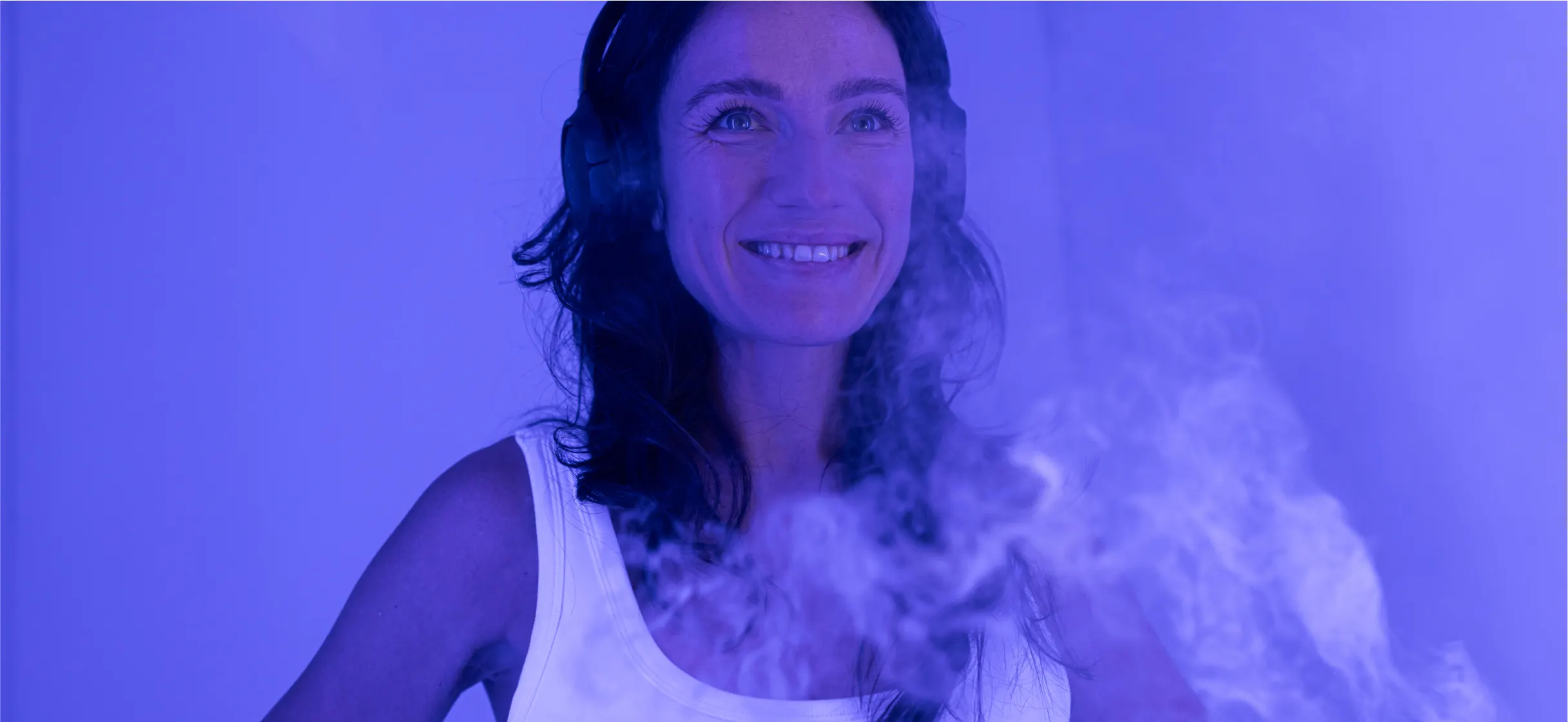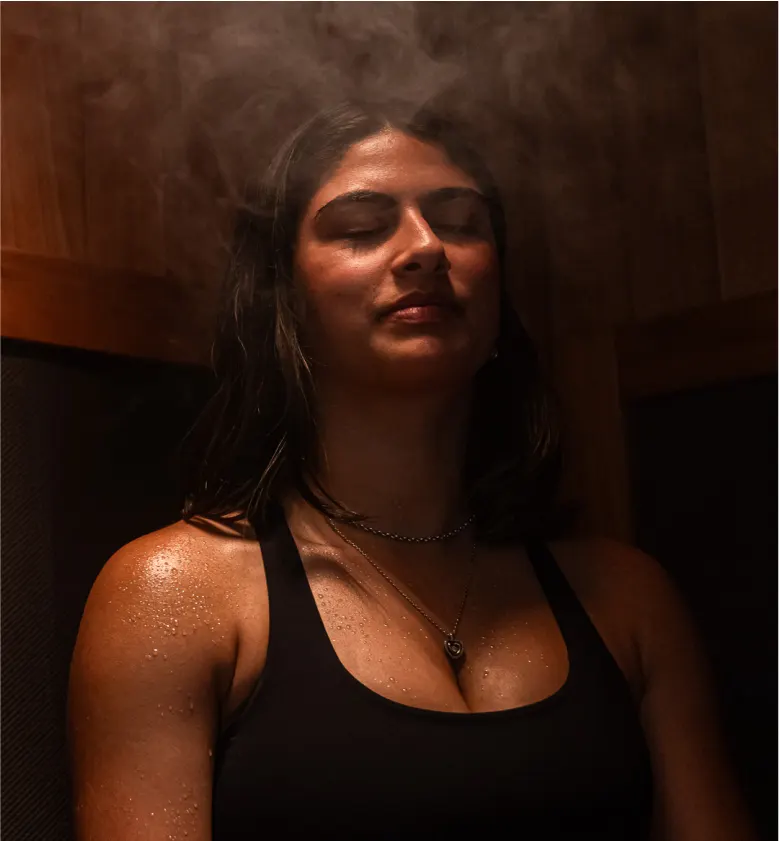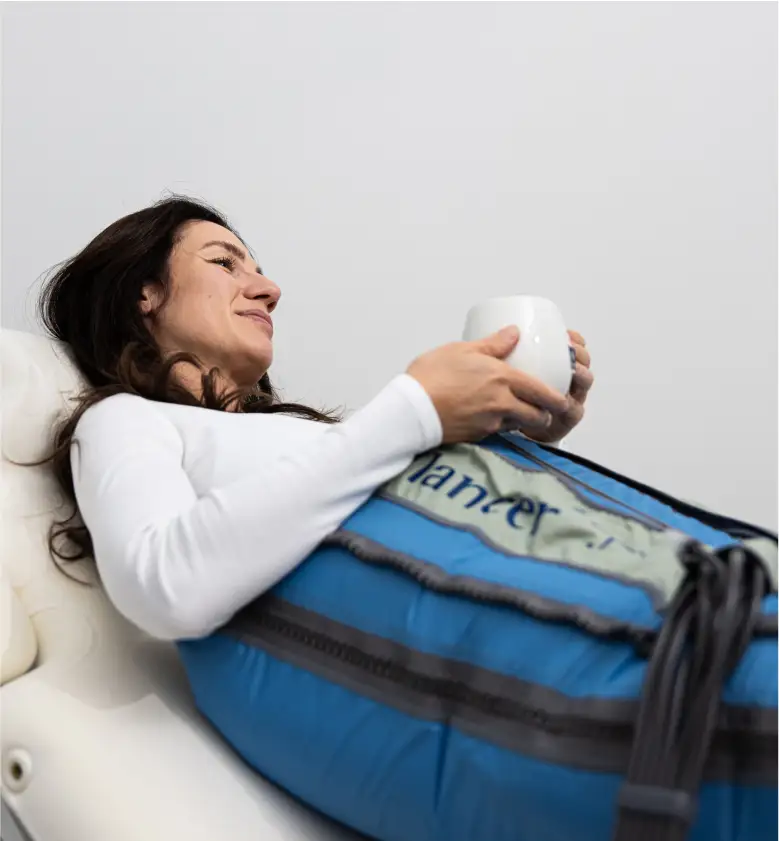The Benefits of Cold Exposure
Frozen fad or essential element of a wellbeing routine? We do a deep dive into the benefits of cold exposure to see whether it’s actually worth taking the plunge.

Cold exposure treatments have recently become a central tenet of mainstream wellness but humans have actually been using this icy practice for centuries, dating back as far as ancient Greece. The two most popular methods of cold exposure are ice baths and cryotherapy chambers and both have the potential to remarkably improve your physical and mental health.
Benefits Of Ice Baths
Take a seat in a near-freezing bath tub (typically cooled to 4-6°C) and your body temperature is rapidly reduced, stimulating the release of feel-good chemicals like dopamine and endorphins which act as natural painkillers and mood elevators. Over time, repeated exposure to cold therapy can help with depressive symptoms too, by increasing mental resilience and improving energy and focus.
But How Do Ice Baths Actually Work?
When you climb into an ice bath, the sudden change of temperature causes your blood vessels to constrict, drawing blood away from the surface of your skin, and providing immediate pain relief. As your blood vessels constrict, they flush out any inflammation or swelling in your tissues, like your muscles. Flushing out this inflammation can reduce muscle soreness and promote quicker recovery. The rapid change between constricting the blood vessels in your tissues promotes lymphatic drainage, flushing out additional toxins found in your lymphatic system and boosting the function of your immune system.
It sounds great but there’s a catch—you’ve got to stay in the bath. (A feat easier said than done.)
How Does Cryotherapy Compare?
Cryotherapy offers the same mood-boosting recovery benefits as ice baths along with additional benefits and, perhaps most importantly, doesn’t require the frosty dip. Unlike traditional ice baths, whole body cryotherapy delivers a more precise, colder treatment (-85°C) which can revitalise your metabolism, promote collagen synthesis, reduce inflammation, and sharpen your mental clarity.
With whole-body cryotherapy, you can enjoy a more consistent and controlled cold exposure in a fraction of the time it takes for an ice bath, targeting surface tissues more effectively without having to cool the body’s core temperature.
Cryotherapy can accelerate your metabolism, aiding in weight management and energy levels. The extreme cold stimulates your body to burn calories at a higher rate, even after the session has ended. This process, known as cold-induced thermogenesis, may enhance your metabolic rate.
Your skin can benefit from regular cryotherapy sessions, too. Whole body cryotherapy increases the production of collagen, a key protein for skin structure and firmness which helps reduce the likelihood of wrinkles and sagging, and leaving your skin looking vibrant and rejuvenated.
Whole body cryotherapy can also impact inflammation by helping your body produce fewer inflammatory cytokines and more anti-inflammatory cytokines.
Cytokines are small proteins released by cells that help them communicate with each other. Your body has both pro-inflammatory and anti-inflammatory cytokines. By shifting the balance toward more anti-inflammatory cytokines, cryotherapy can significantly reduce pain and inflammation, making it an effective treatment for conditions like arthritis and chronic pain or just reducing recovery time after exercise. Inflammation is also highly associated with brain fog, so the reduction in inflammation provides an additional cognitive boost.
Health Precautions for Cold Therapies
You should avoid cold therapy if you have:
- Heart conditions like arrhythmia, hypertension, circulation problems, or heart failure
- Neurological conditions like epilepsy, reduced skin sensation, or high cold sensitivity/Raynaud’s
- Unhealed wounds
If you have any other underlying conditions—or are elderly or pregnant—it’s always a good idea to chat with your doctor before you undergo any kind of treatment.
Cryotherapy And Ice Baths: Which One Is Better?
Cryotherapy and ice baths are both effective cold therapy methods that offer a range of health benefits. While ice baths are better for building mental resilience and boosting recovery, Cryotherapy is more effective at improving metabolism, reducing inflammation, boosting collagen production, and combatting brain fog.
Another major difference is how cold therapy is delivered. Some find that cryotherapy is more tolerable because the treatment is quicker, lasting only two to three minutes, whereas ice baths can be up to five minutes and result in a decrease in core body temperature. Your choice of cold therapy entirely depends on what benefits you are seeking, but cryotherapy’s advanced delivery method and additional advantages make it a better option for those seeking enhanced recovery, skin health, inflammation reduction, and mental clarity, with less discomfort.
Cryotherapy At Chill Wellness
We are the first wellness studio in Auckland to offer electrical cryotherapy. We offer powerful three minute treatments that make the perfect complement to a busy schedule. Our cryo chamber can accommodate two people for a wellness-forward shared experience.
Book here to discover the benefits of cryotherapy for yourself.







